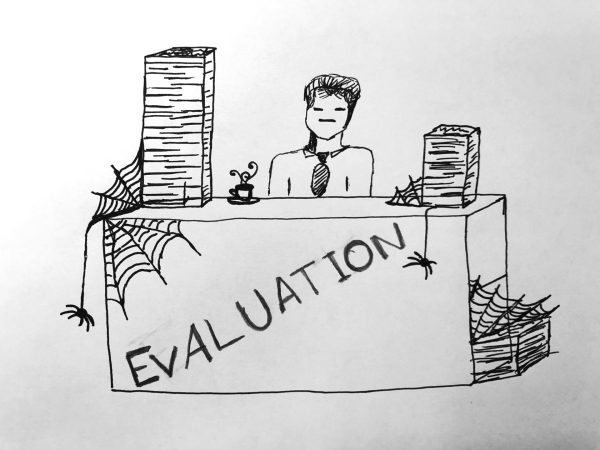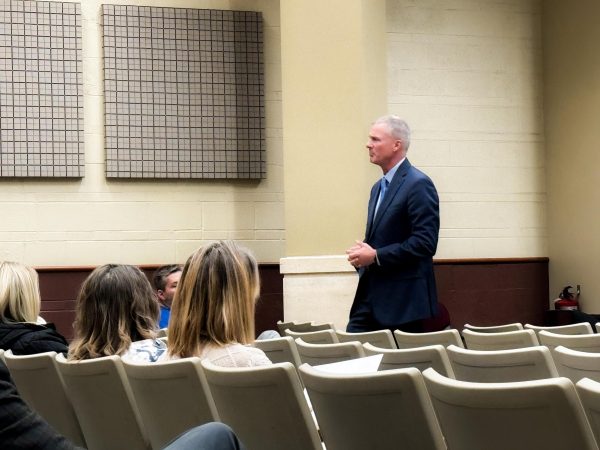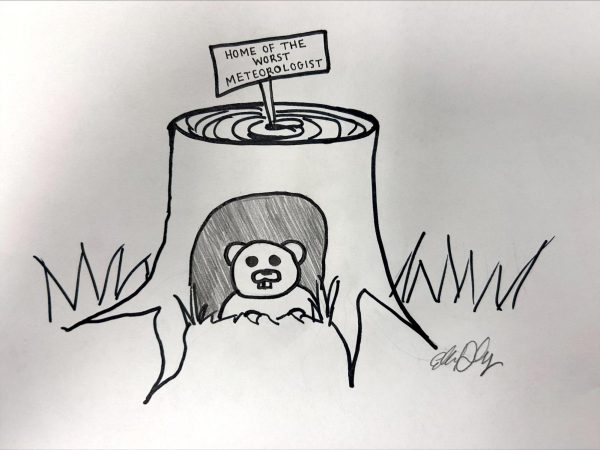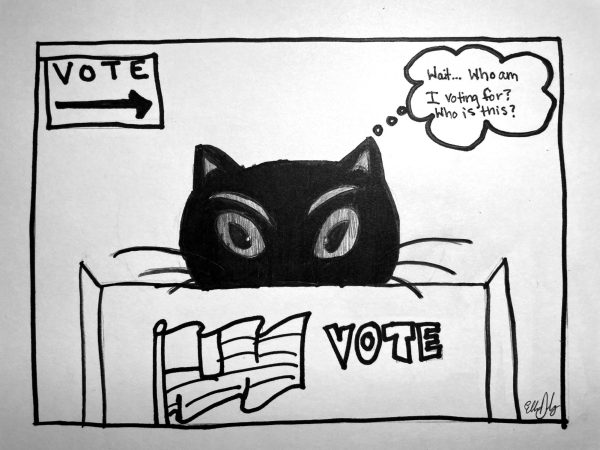STAFF EDITORIAL: CAA should be compliant with OMA
February 13, 2020
Eastern’s Council on Academic Affairs, at the behest of University Counsel Laura McLaughlin, is considering an amendment to its bylaws which would no longer subject the CAA to the Illinois Open Meetings Act, and instead would encourage the CAA to function “within the spirit” of the OMA.
We at The Daily Eastern News believe this would be a dangerous change to the CAA bylaws and strongly disagree with the argument laid out by McLaughlin regarding the proposal.
McLaughlin has asserted the CAA would not be considered an “advisory” body at Eastern. We find this to be absurd.
The OMA states that any state body, including those that are advisory, are subject to the OMA and all of its provisions. McLaughlin has argued that the CAA would not fall under what she says is the “narrow” definition of an advisory body as laid out by the Illinois appellate court case Pope v. Parkinson from 1977.
The court ruled in Pope v. Parkinson that all boards, commissions, councils and other public agencies in Illinois exist to aid in the conduct of the people’s business and therefore are subject to the OMA. The CAA at Eastern certainly exists to aid the conduct of the people’s business at Eastern.
The CAA is the council at Eastern that acts on any and all curriculum changes at the university. There is no way to change any course or curriculum without its first being approved by the CAA. The work the CAA does has a direct and significant impact on all students and faculty at Eastern and therefore should be subject to the OMA.
McLaughlin has rested her argument in that the CAA itself is not a “creature of the agency” largely because CAA members are not formally appointed by a state body, as in Pope v Parkinson. However, Pope v. Parkinson also states that committees or councils that are “accountable” to a state body are subject to the OMA. The CAA is very much accountable to Eastern.
A 1997 Fourth Appellate District opinion in Board of Regents v. Reynard draws distinctions between the informality of the Assembly Hall advisory committee at the University of Illinois involved in Pope v. Parkinson and the formal structure of the Athletic Council at Illinois State University in Reynard.
The Reynard opinion notes the differences between the two committees. The U of I committee was informally appointed by the chancellor, who could remove members at will. The Illinois State committee was part of the governing structure laid out in a supplementary document of the school’s Academic Senate.
At Eastern, the Faculty Senate’s constitution names the CAA specifically as part of Eastern’s shared governance system. Its composition is spelled out in the Senate constitution, which defers to the CAA bylaws.
Faculty members of the CAA are elected to represent specific colleges, the elections are overseen by the Faculty Senate. The CAA’s bylaws say that if a vacancy occurs on the CAA, it is filled based on Faculty Senate procedures.
The CAA is a deliberative body. Its decisions go to the university president who can accept, reject or modify the decision, return the recommendation for further study or forward the recommendation to the Board of Trustees.
We view that as a formal governing structure, making the CAA more similar to the Athletic Council at Illinois State, rather than the Assembly Hall Advisory committee at U of I.
While there are differences in the structures of Illinois State’s Athletic Council and Eastern’s CAA, both are set up as part of the university structure in the documents that govern the two senates.
We believe the Reynard case applies more to CAA than the Pope case.
McLaughlin originally argued that the CAA was unlike Eastern’s other bodies such as Faculty Senate or Student Senate, which are subject to OMA, because the CAA was not created by a creature of Eastern. We conducted research and found that the CAA was in fact created by former Eastern President Quincy Doudna in the year 1959. It was Doudna who proposed the CAA be made up of nine members from Eastern’s various departments. The CAA itself derived from what was known as the Curriculum Committee, which was created by former President Robert Buzzard.
But McLaughlin says that because the members of CAA are not appointed by a state body, or a subsidiary of the state, the CAA does not fall under being a creature of Eastern.
This argument itself is also weak.
The constitution of Eastern’s Faculty Senate spells out in its preamble that the Senate, along with the CAA and other councils, “constitute the shared governance system of Eastern Illinois University.” Based on the Faculty Senate’s constitution, the CAA is not just an advisory body at Eastern, but it also is a part of Eastern’s shared governance. That right there should be more than enough to affirm that the CAA is a creature of Eastern.
The Faculty Senate constitution also states that it is the Senate and the Councils’ job to represent the faculty of Eastern in shared governance in its formal structure. It also says the Faculty Senate represents faculty in all matters “affecting the welfare of the university.” The constitution goes on to recognize that the CAA itself is a faculty body which represents faculty on curriculum issues.
If the Faculty Senate oversees all faculty interests, we would argue that includes a faculty council like the CAA, which the Senate specifically recognizes in its constitution.
The Faculty Senate also outlines in its constitution that it is the review body for faculty councils and committees, which would include the CAA.
The CAA itself also has voting members from Eastern’s Student Senate and academic advising.
The CAA, in almost every way imaginable, has ties with Eastern’s administration, other senates and the institution itself.
We are seeking a formal review with the public access counselor at the Illinois Attorney General’s office to determine if the CAA is subject to the OMA.
Allowing the CAA to operate only in “the spirit” of the OMA sets a dangerous precedent. While that may not cause any problems with the current council, who knows what could happen in the future? If the CAA, or any body, is not bound by state law, at any point it could decide to open and close its meetings at will.
The OMA exists for a reason, which is to ensure that the public’s business is done in public, including bodies like the CAA.
We call on the CAA to table the proposed bylaw revision until the public access counselor renders a decision.
We also call on any faculty who wish to see the CAA remain subject to the OMA to contact CAA members and ask them to drop the proposed bylaw change.
The Editorial Staff can be reached at 581-2812 or at [email protected].


















































